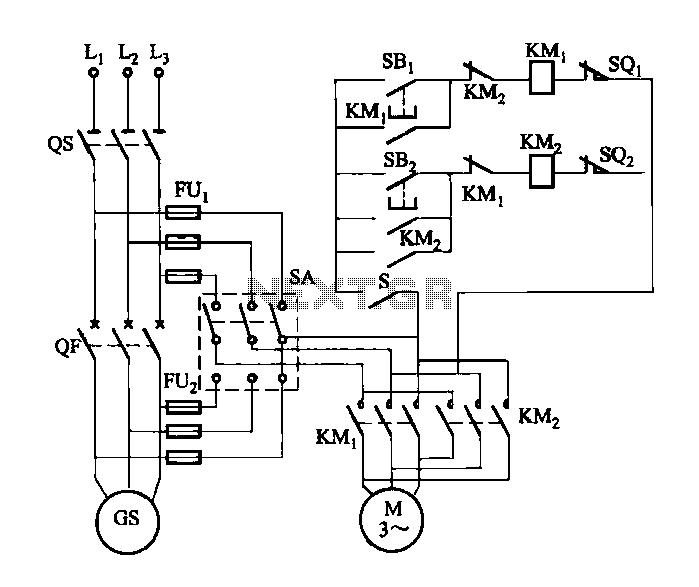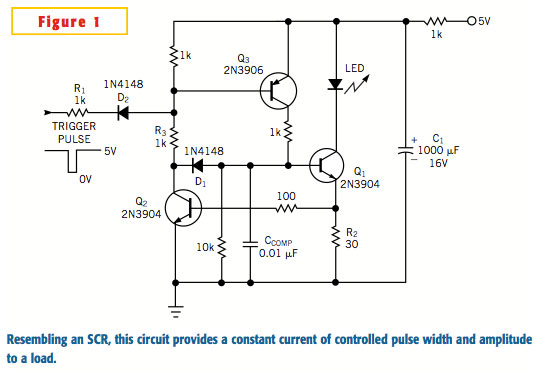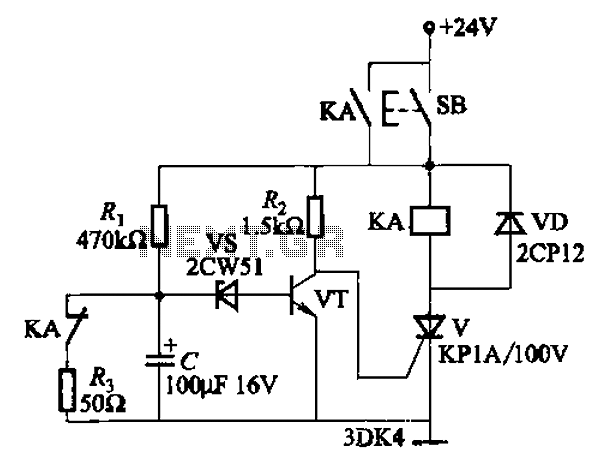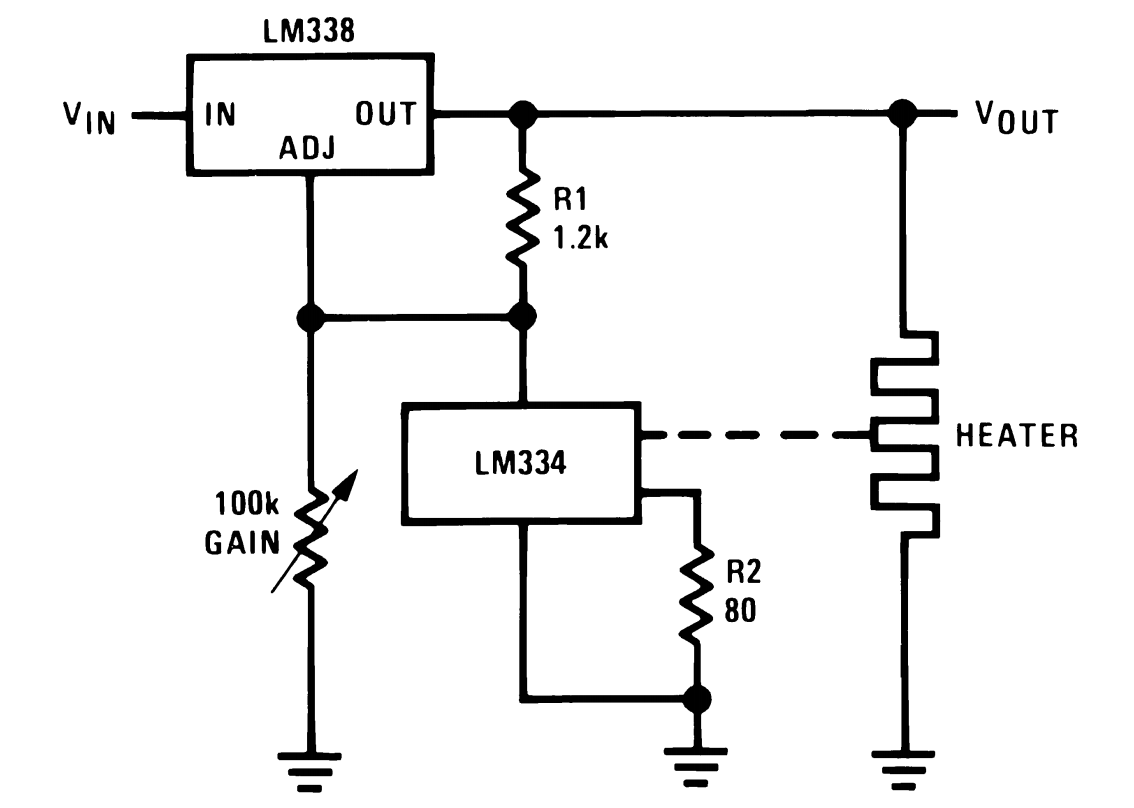
Siren Police Tone Circuit
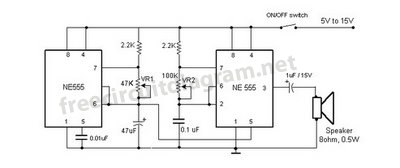
This is a police tone circuit for a siren. It is simple and easy to construct. VR1 and VR2 are used to adjust the delay of the siren sound. The design is straightforward and uncomplicated.
The police tone siren circuit typically utilizes a 555 timer IC configured in astable mode to generate a square wave output, which simulates the sound of a police siren. The frequency and duty cycle of the output signal can be adjusted using variable resistors VR1 and VR2.
In this circuit, the 555 timer is powered by a suitable DC voltage source, often ranging from 5V to 15V, depending on the specific requirements of the siren. The output from the timer is connected to a power amplifier stage, which drives a loudspeaker or siren unit, producing the audible sound.
The timing components, including resistors and capacitors, are selected to set the desired frequency of the siren tone. The use of variable resistors allows for fine-tuning of the sound, enabling the user to achieve the characteristic rising and falling pitch associated with police sirens.
Proper layout and grounding techniques should be employed in the circuit design to minimize noise and ensure reliable operation. Additionally, protection components such as diodes may be included to safeguard the circuit from voltage spikes generated by the inductive load of the speaker.
Overall, this circuit serves as an effective solution for simulating a police siren tone, suitable for various applications in alarm systems or educational projects.Here is police tone circuit of siren. this simple and very easy to make it. vr 1 and vr 2 for change delay sound of siren. simple and easy. if sound output not. 🔗 External reference
The police tone siren circuit typically utilizes a 555 timer IC configured in astable mode to generate a square wave output, which simulates the sound of a police siren. The frequency and duty cycle of the output signal can be adjusted using variable resistors VR1 and VR2.
In this circuit, the 555 timer is powered by a suitable DC voltage source, often ranging from 5V to 15V, depending on the specific requirements of the siren. The output from the timer is connected to a power amplifier stage, which drives a loudspeaker or siren unit, producing the audible sound.
The timing components, including resistors and capacitors, are selected to set the desired frequency of the siren tone. The use of variable resistors allows for fine-tuning of the sound, enabling the user to achieve the characteristic rising and falling pitch associated with police sirens.
Proper layout and grounding techniques should be employed in the circuit design to minimize noise and ensure reliable operation. Additionally, protection components such as diodes may be included to safeguard the circuit from voltage spikes generated by the inductive load of the speaker.
Overall, this circuit serves as an effective solution for simulating a police siren tone, suitable for various applications in alarm systems or educational projects.Here is police tone circuit of siren. this simple and very easy to make it. vr 1 and vr 2 for change delay sound of siren. simple and easy. if sound output not. 🔗 External reference
